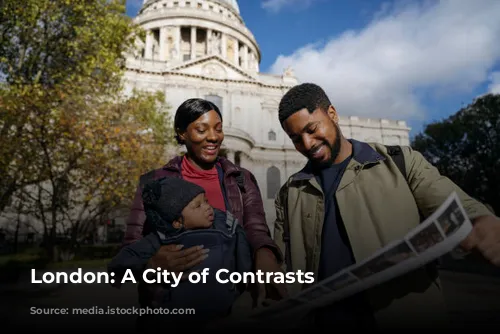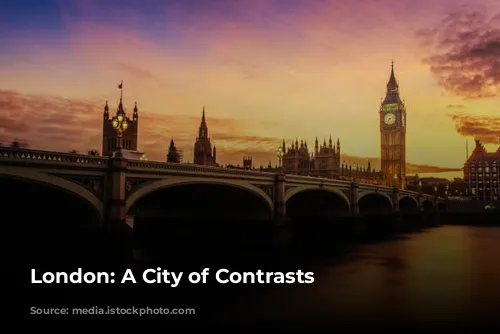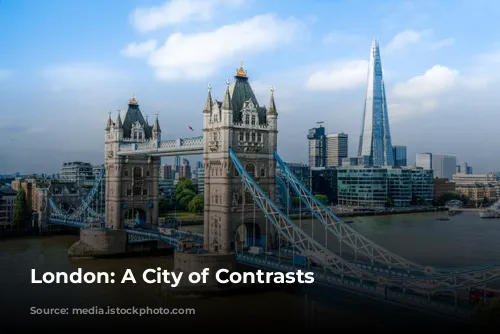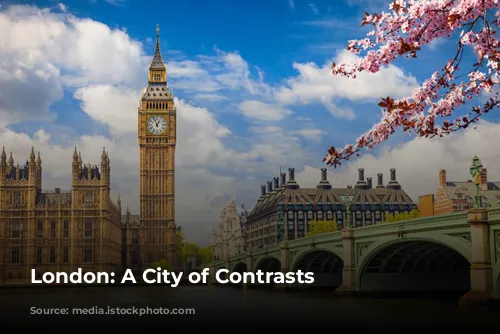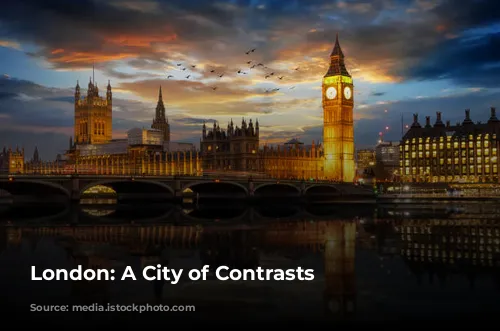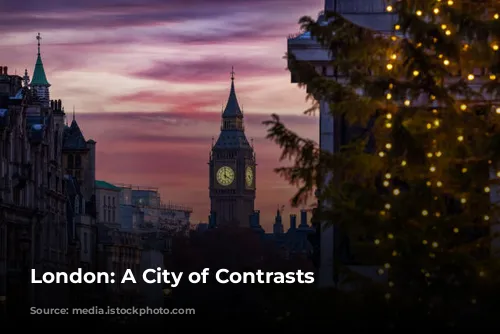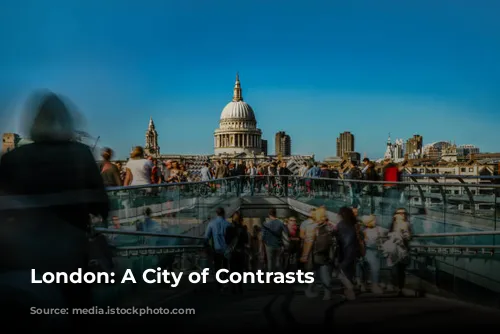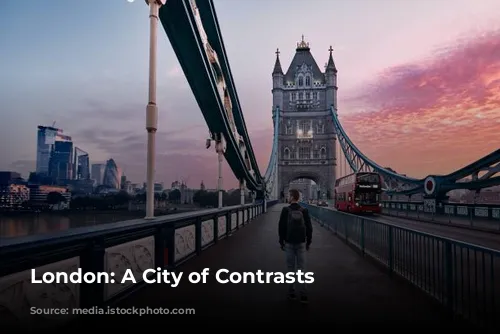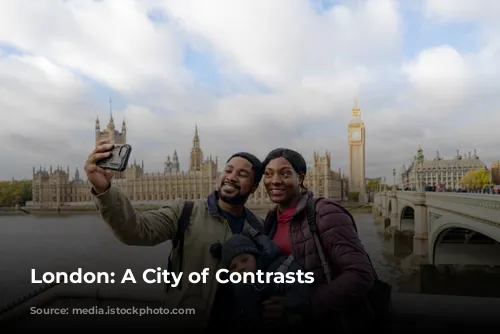London, the captivating capital of the United Kingdom, is much more than just a political center. This dynamic metropolis is a melting pot of cultures, a blend of ancient history and modern innovation. London is a city where tradition meets modernity, where grand old pubs stand shoulder to shoulder with cutting-edge cocktail bars. This vibrant city pulsates with the energy of its 8.6 million inhabitants, a palpable force felt on every journey through the Underground and every stroll along the banks of the River Thames. London truly has it all, from world-class shopping to majestic palaces.
This paragraph provides an introduction to London, emphasizing its diverse character and highlighting its key features, such as its energy, history, and attractions. It also uses vivid language to engage readers and make them want to learn more.
A History Etched in Stone
London’s history stretches back almost 2,000 years, dating back to the Roman era when it was known as Londinium. Its strategic location on the mighty River Thames, with easy access to the sea, has always made it a powerful center. The once bustling docks, now transformed into stylish residential areas, were the driving force behind London’s rise as the world’s leading trading city during the 19th century, the zenith of the British Empire. Grand public buildings, such as the Foreign and Commonwealth Office, are relics of this era, their magnificence standing in contrast to Britain’s current political stature.
This paragraph delves into London’s rich history, emphasizing its strategic location and its role as a global trading hub during the British Empire. It also contrasts the city’s historical grandeur with its current political standing.
London is a city that has always adapted and reinvented itself, embracing change and evolving to meet new challenges. While its international political dominance has diminished, it has emerged as a leading financial center and a cultural hub. London’s imperial past is vividly reflected in the treasures of the British Museum and the National Gallery, while its commercial spirit thrives in the elegant shops of Oxford Street, Covent Garden, and Knightsbridge. London has endured fires, riots, and the reign of numerous rulers to become the extraordinary city it is today. Even the most casual visitor will realize that London’s history is constantly evolving, a living testament to its resilience.
This paragraph continues the historical narrative, highlighting London’s ability to adapt and reinvent itself over time. It also highlights its transition from a political center to a financial and cultural powerhouse.

A City Divided, Yet United
London is a city of many neighborhoods, even encompassing two separate cities: The ancient City of London, also known as “The Square Mile,” houses the oldest parts of London, including the iconic Tower of London. Today, “The City,” as Londoners affectionately call it, is dominated by financial institutions, the London Stock Exchange, and the Bank of England. West of “The City” lies the City of Westminster, home to Westminster Abbey, the seat of government at the Palace of Westminster, and Buckingham Palace, the Queen’s London residence. Westminster also includes the famed West End, Soho, and most of London’s major museums and art galleries.
This paragraph introduces the distinct neighborhoods of London, highlighting the ancient City of London and the City of Westminster, each with their own unique characteristics and landmarks.
The South Bank, which stretches along the Thames in central London, offers a picturesque riverside walk, the National Theatre, and, a bit further east, Tate Modern, one of the world’s most renowned museums of modern and contemporary art, housed in the former Bankside Power Station. London’s diverse neighborhoods radiate out from its center, with residents often identifying themselves as living north or south of the River Thames. These neighborhoods often feel like individual villages, each with its own distinct identity.
This paragraph continues the exploration of London’s neighborhoods, focusing on the South Bank and emphasizing the city’s vibrant cultural offerings and sense of community.
Camden, Hampstead, and Islington in north London traditionally attract the literary and liberal political elite and boast some of London’s finest restaurants. To the south, Lambeth is home to Lambeth Palace, the London residence of the Archbishop of Canterbury. Nearby, bustling Brixton embodies the multicultural essence of London at its finest. Chelsea, Mayfair, and Kensington, located in West London north of the river, are renowned for their affluent residents. East London’s districts of Hoxton, Shoreditch, and Clerkenwell are now the capital’s trendiest areas, attracting art galleries, nightclubs, and the newest cocktail bars. The Queen Elizabeth Olympic Park in east London hosted the 2012 Olympic Games. “Outer London,” as Londoners refer to the suburbs surrounding the most visited tourist areas but within the M25, the circular motorway encircling Greater London, completes the city’s diverse tapestry.
This paragraph provides a detailed description of the diverse neighborhoods of London, highlighting their unique characteristics and contributions to the city’s cultural landscape.
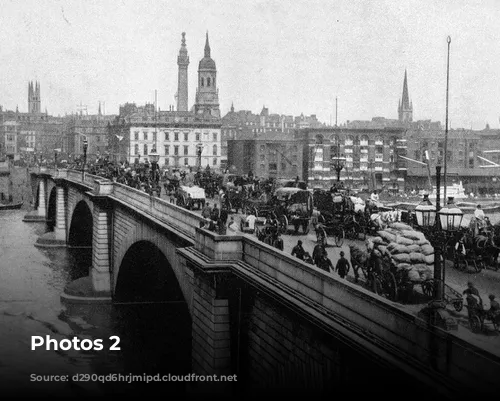
Weather: Expect the Unexpected
London’s weather, despite its reputation, is often surprisingly sunny. However, it’s always wise to carry an umbrella. The months from May to August offer the best chance of sunshine, but even then, heavy rain showers can occur at any time of the year. Spring and autumn often bring crisp, clear days that make the Thames sparkle and showcase the city’s architectural gems under the low sun. Winter temperatures rarely dip below 0°C, and snow is a rare occurrence.
This paragraph offers insights into London’s weather patterns, acknowledging its reputation for rain but highlighting its sunny periods and the beauty of the city during different seasons.
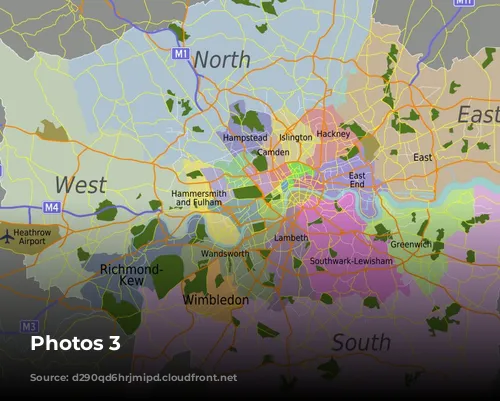
A World-Class Destination
London’s countless attractions have made it one of the world’s most visited destinations, attracting approximately 28 million visitors annually. Whether travelers seek culture, shopping, palaces, or an unforgettable night out, London has it all.
This paragraph highlights London’s popularity as a tourist destination, emphasizing the diverse attractions that draw visitors from all over the world.
London’s user-friendly public transportation system is another key to its appeal. The London Underground, affectionately known as “the tube,” is easy to navigate, while the iconic red buses offer a delightful way to explore the city at street level. For a touch of indulgence, no visit to London is complete without a ride in a black cab, driven only by those who have mastered “The Knowledge,” a rigorous test covering all the best routes to avoid London’s notorious traffic. London’s cab drivers are truly some of this magnificent city’s most endearing characters.
This paragraph emphasizes London’s efficient public transportation system, highlighting the iconic “tube” and red buses, and introducing the city’s legendary black cab drivers and “The Knowledge.”
